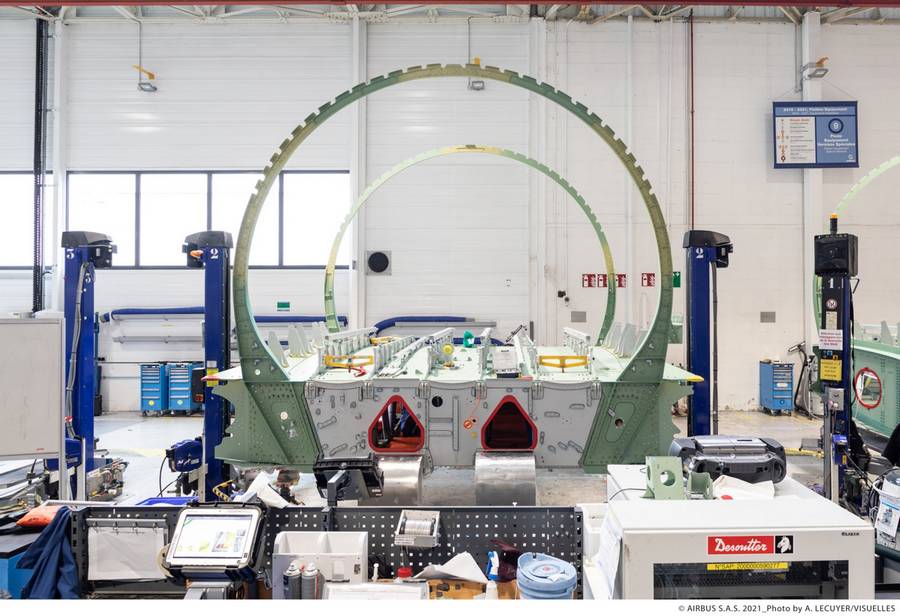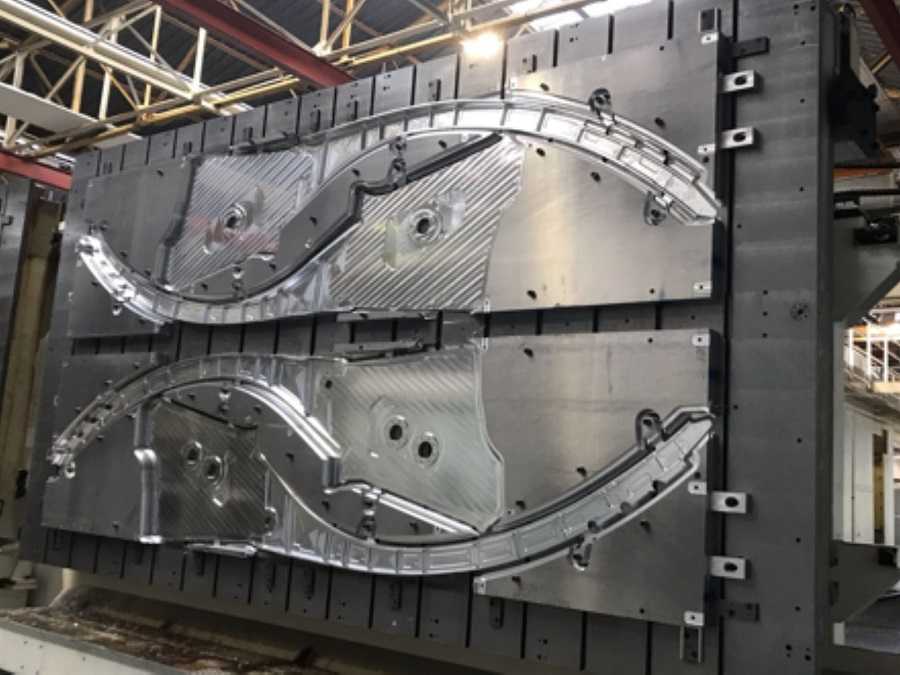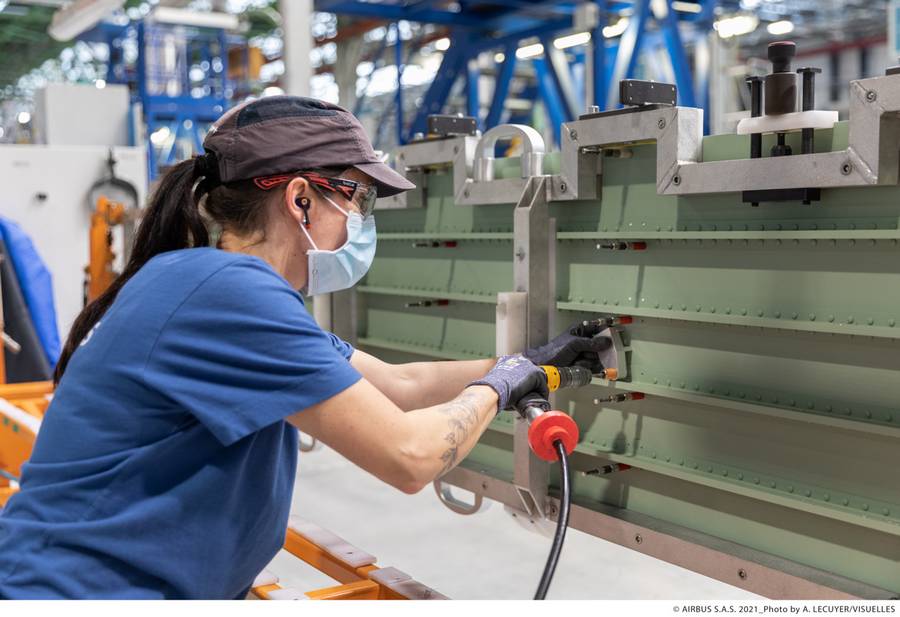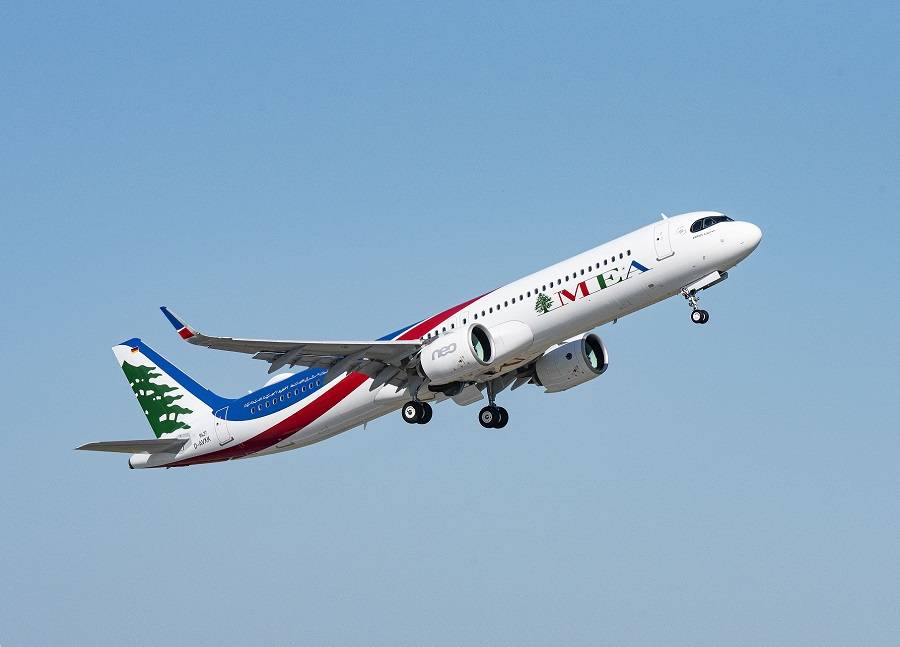Construction of Airbus’ first A321XLR, their most advanced A320 family member, continues with the completion of the CWB section.

Airbus has a lot of hopes about the A321XLR, and the CWB is a key part of the design. The manufacturer explains that the Center Wing Box section is how the assembly of the plane begins. Yannick Valette, Integrated Product Team Nose & Forward Fuselage (IPT NFF) A321XLR Programme Leader, explains:
“The CWB is always the first major component on each new aircraft development to be produced so we must mature its design very early and manage its interdependencies with fuel systems, load calculations, as well as physical interfaces to the airframe aerostructure components developed in France, Germany and the UK.”

But there is more to it than that. The CWB of the Airbus A321XLR attaches to the “famous” part of this plane, the new Rear Centre Tank (RCT). The size of the new RCT means that a lot of key components in the CWB need to be different. Fuel systems for the new tank not only need to be different, they also need a different level of integration.
This new tank is what makes the XLR an XLR (eXtra Long Range). The tank that Airbus engineers will fit to the A321XLR’s CWB isn’t just a bigger version of what came before it. It is a structural component of the aircraft. At the risk of oversimplifying it, Airbus designed it like a ‘wet wing’ fuel tank, where the structure of the wing IS the tank. So this new centre tank is larger but surprisingly compact.

The CWB And The Airbus A321XLR’s New Architecture
Previously, A321s could have either one or two Auxiliary Centre Tanks (ACTs). The tank that Airbus will mate to the A321XLR’s CWB, has the capacity of four of these ACTs. But it weighs the same as one of them, and takes the space in the hold of two! However, the integration of this tank into the aircraft poses some new challenges – and raises some eyebrows, as we saw.
But the story today is about the Centre Wing Box, not the tank itself. The new CWB also has to take an increase in maximum take-off weight (MTOW) of the Airbus A321XLR. So many parts in it need reinforcing at key areas. These and other changes are the reason why its testing is so vital. Yes, Airbus will use this first CWB and RCT for ground testing of the first A321XLR airframe. The next two CWBs, that will be first to fly, are still undergoing assembly.

Proving the CWB and RCT is a vital step for Airbus, as the A321XLR grows further than they initially anticipated. Initially, this was only going to be a ‘niche’ version of the A321, that would see maybe a few dozen orders. The idea of long-haul, single-aisle travel, seemed to be one step too far, even for point-to-point airlines.
Instead, the A321XLR got 450 orders, by this time last year. And the pandemic only lowered long-haul projections, meaning that a smaller plane for these trips, now makes more sense. So despite the slowdown, Airbus is keen to assemble the CWB and RCT into its A321XLR prototype. If all goes well, production of the CWB for the first customer jet (MEA) will begin before the end of the year.



